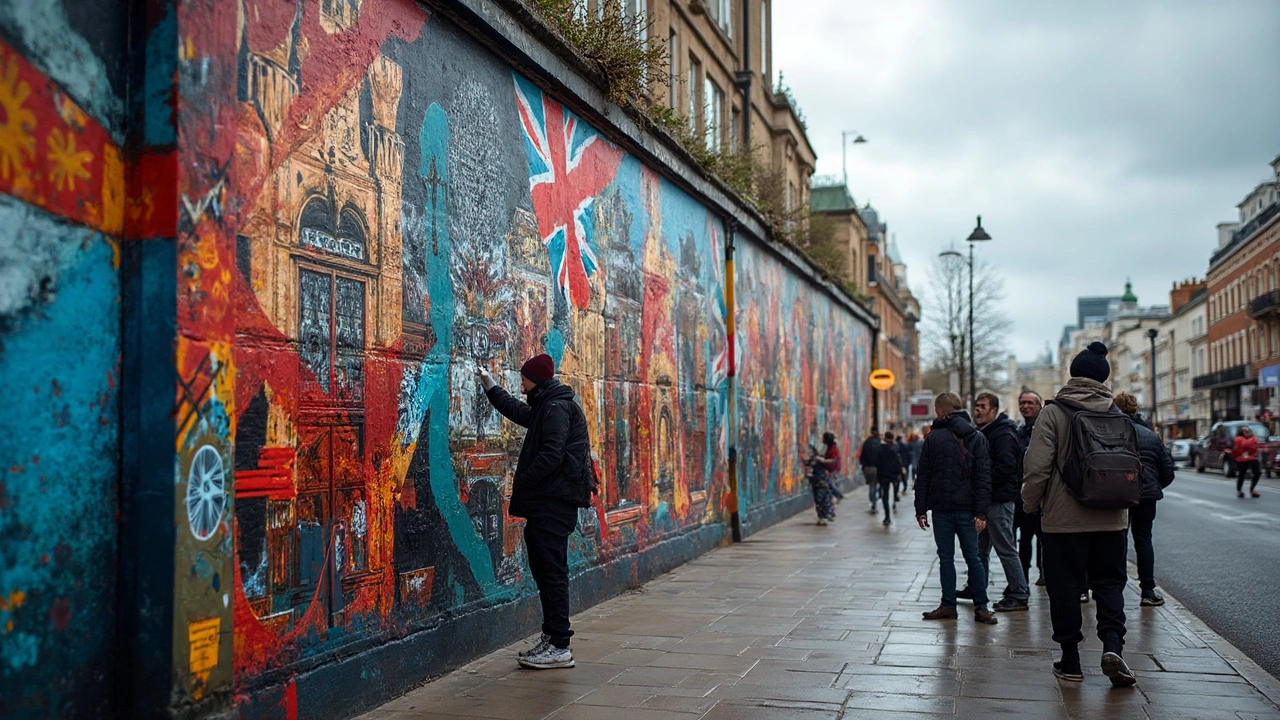Art Examples: Real Ideas, Techniques & Projects to Try
Looking for fresh ideas to jump‑start your next masterpiece? Seeing how other artists solve problems is the fastest way to level up. Below you’ll find real‑world examples that cover painting, sculpture, abstract concepts, and even the latest digital trends. Grab a sketchbook and start testing these tricks right away.
Why Real Art Examples Matter
Every artist hits a wall—whether it’s a smudged oil portrait or a stuck feeling in abstract work. When you study concrete examples, you get a backstage pass to the decisions that made the final piece work. You also pick up shortcuts you’d otherwise spend hours discovering on your own.
Examples also show you how to adapt a technique to your own style. The same glaze used to fix a wet oil layer can become a mood‑enhancing wash in a watercolor landscape. It’s all about seeing the process, not just the finished product.
Top Examples to Try Today
1. Oil Painting Fixes – If you’ve ever painted a face and then realized the color is off, the “wet, tacky, and dry layer repairs” method lets you wipe, scrape, or glaze over mistakes without ruining the whole canvas. Try a small test strip before you tackle the full portrait.
2. Beginner Sculptures – Start with simple materials like air‑dry clay or even recycled cardboard. A basic animal form or abstract shape will teach you how to build armature, add detail, and keep the weight balanced.
3. Understanding Abstract Art – Grab an abstract piece you love and break down its visual language. Ask yourself: what emotions does the color palette trigger? How do the shapes lead your eye? Applying this mindset helps you create abstract work that feels intentional, not random.
4. Modern vs. Contemporary – Pull two images—one from the 1960s modern movement and another from a current gallery show. Notice the shift from formal experimentation to concept‑driven narratives. Use this contrast to decide where your own work fits.
5. Digital to Traditional Transfer – Sketch a quick idea on paper, then scan it and overlay digital textures in Photoshop. This hybrid approach lets you keep the hand‑drawn feel while adding modern polish.
Each example is a mini‑workshop. Choose one that matches your current goal, set a timer for 30 minutes, and see how far you get. You’ll be surprised how much progress a focused, example‑driven session can bring.
Remember, the best way to learn is by doing. Keep a folder of favorite examples, jot down what you liked, and revisit them whenever you feel stuck. Over time you’ll build a personal toolbox of proven techniques that make every new project feel a little easier.

20 Mar 2025
Contemporary art is an exciting, ever-evolving field that showcases the creative spirit of our times. From expressive street art to interactive installations, artists today are pushing boundaries and challenging traditional perceptions of art. This article delves into some remarkable examples of contemporary art, offering insights into what makes these works stand out. By understanding the diversity and innovation within this art form, readers can gain a deeper appreciation for its impact on culture and society.
Continue reading...
